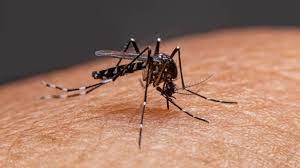Adapting Your Lifestyle to Reduce Your Risk of Heart Attack and Stroke
Lifestyle Modifications to Prevent Heart Attacks: Myocardial infarctions, usually referred to as heart attacks, are the leading cause of mortality in the world. The good news is that by leading a healthy lifestyle and making wise decisions, many heart attacks may be avoided. This article will examine practical methods for lowering the risk of heart attacks and promoting cardiovascular health.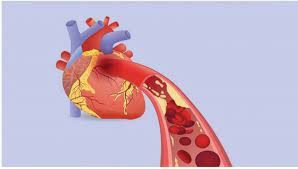
Maintain a Nutritious Diet: A healthy diet is essential for avoiding heart attacks. Consume a wide range of fruits, vegetables, whole grains, lean proteins, and healthy fats. Limit your consumption of cholesterol, salt, added sweets, saturated and trans fats. Choose meals that are high in fibre to help reduce cholesterol. Take into account the Mediterranean diet, which has been linked to a lower risk of heart disease and emphasises plant-based meals, seafood, and olive oil.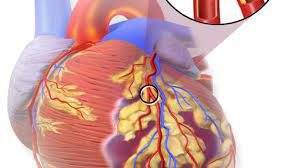
Regular Physical Activity: Maintaining a healthy heart requires regular exercise. Aim for at least 150 minutes per week of moderate-intensity exercise or 75 minutes per week of strenuous exercise. Include physical activities in your schedule such brisk walking, cycling, swimming, or dancing. To increase cardiovascular fitness, do weight training activities at least twice per week.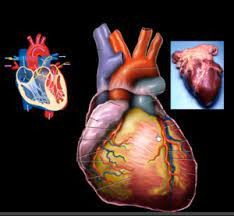
Maintain a Healthy Weight: Obesity and overweight are risk factors for heart attacks and other cardiovascular conditions. By combining a nutritious diet with regular exercise, work to reach and maintain a healthy weight. To find out whether your body mass index (BMI) is within a healthy range, calculate it. Consult a medical expert for advice on managing your weight, if required.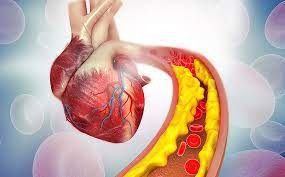
Don’t smoke or use tobacco products since doing so greatly increases your chance of having a heart attack. Tobacco contains substances that damage blood arteries, raise blood pressure, and reduce the amount of oxygen delivered to the heart. Quit smoking as soon as you can. To overcome nicotine addiction, look for assistance from friends, family, or professional cessation programmes.
Limit Alcohol Consumption: Drinking too much alcohol increases the risk of heart attacks and high blood pressure. If you decide to drink, do so sparingly. For women, the American Heart Association advises a daily limit of one drink and for males, a daily limit of two drinks.
Manage Stress: Long-term stress may harm your heart’s health. Find appropriate coping mechanisms for stress, such as physical activity, relaxation exercises (such as yoga, deep breathing, and meditation), hobbies, and social support. Put yourself first and schedule time for enjoyable and relaxing activities.
Control Blood Pressure and Cholesterol Levels: Significant risk factors for heart attacks include high blood pressure (hypertension) and increased cholesterol levels. Regularly check your blood pressure and take action to maintain it in a healthy range (often less than 120/80 mmHg). To reduce cholesterol, have your cholesterol levels examined and adopt a heart-healthy diet. Your doctor could suggest medication if it’s required to treat certain illnesses.
Get Checkups Frequently: It’s essential to get routine medical checkups to evaluate your heart health. Make regular checkups with your doctor to check on your cholesterol, blood pressure, and cardiovascular health in general. Additionally, they may suggest suitable preventative measures and provide advice on lifestyle adjustments.
A comprehensive strategy that incorporates healthy lifestyle choices is necessary to prevent heart attacks. You may dramatically lower your risk of heart attacks by adopting a healthy diet, getting regular exercise, giving up cigarettes, managing stress, lowering blood pressure, and monitoring cholesterol levels. Always keep in mind that even little adjustments made today may have a big long-term influence on your heart health and general wellbeing. Put your cardiovascular health first for a life that is full of energy.





